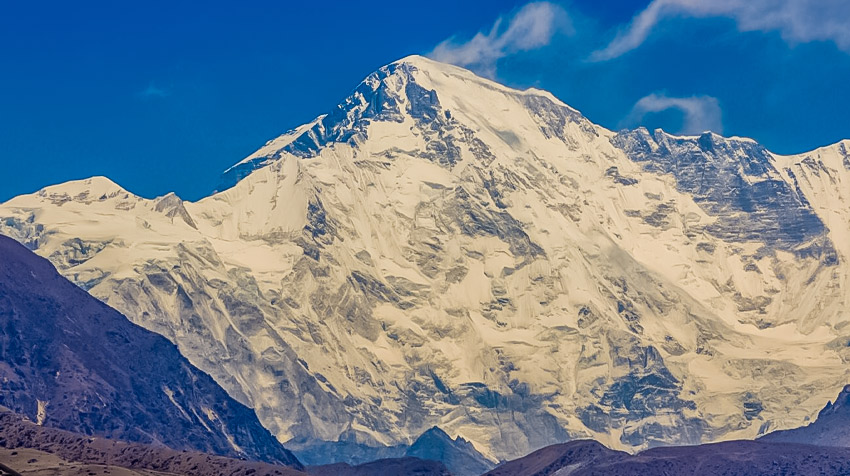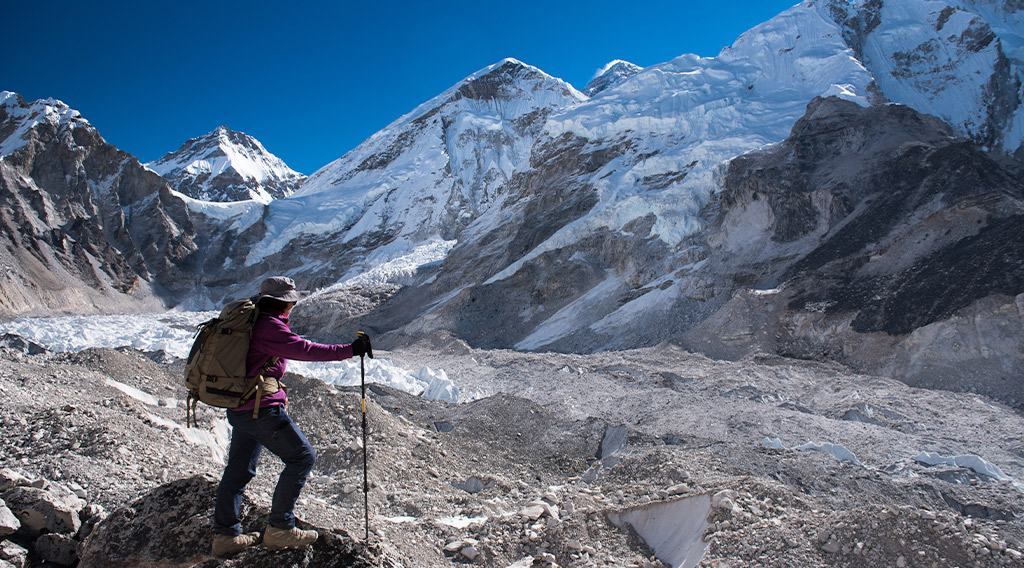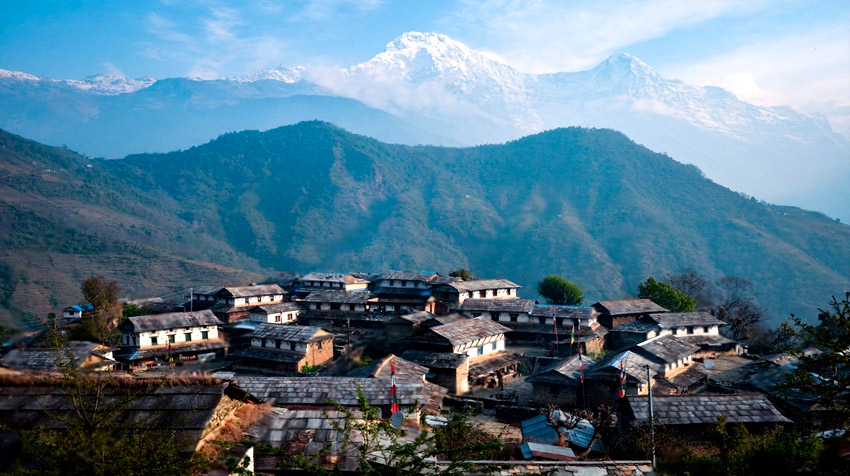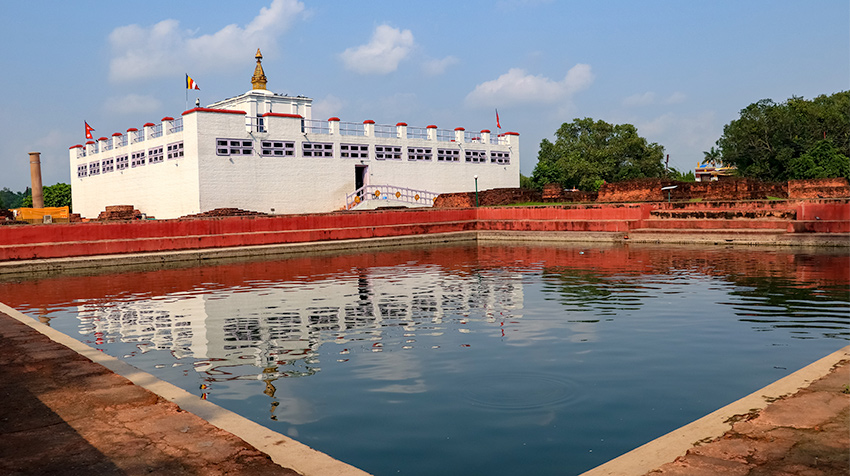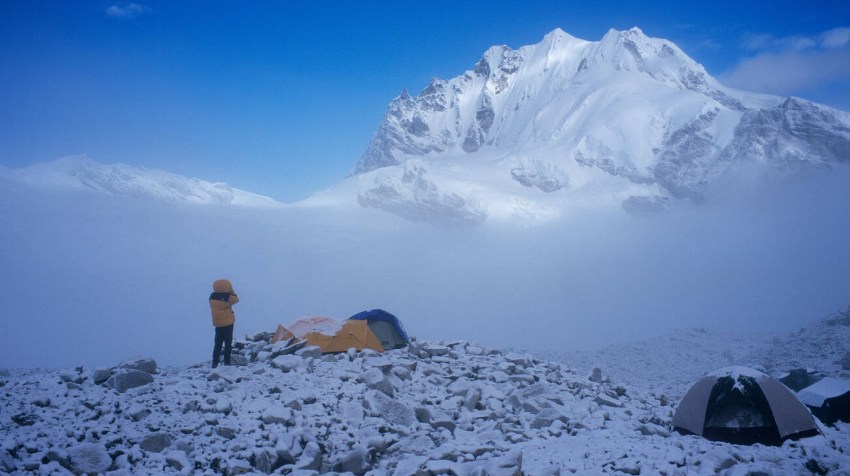What is the Annapurna Conservation Area Project (ACAP)?

The Annapurna Conservation Area Project(ACAP), launched in 1986, is the largest project of the National Trust for Nature Conservation in Nepal and represents the country's first and largest protected area. It covers an area of 7,629 square kilometers and supports a rich tapestry of biodiversity and cultural diversity, housing over 100,000 residents from various cultural and linguistic backgrounds. From a conservative count, the area has 1,226 species of flowering plants, 105 mammals, 518 birds, 40 reptiles, and 23 amphibians.
The Annapurna region comprises various unique geographical features: the Kali Gandaki Gorge is the deepest river gorge in the world, and in Ghorepani, there exists the world's largest rhododendron forest. This region also encompasses Tilicho Lake, one of the world's freshwater lakes with the highest altitude.
Culturally, the dominant groups represent diversity, with the Gurung and Magar dominant in the south and the Thakali, Manange, and Loba in the north. Each has its language, culture, and traditions, adding richness to the cultural mosaic of the area. The region is a melting pot of Hindu, Buddhist, and pre-Buddhist religions, with a blend of all these practices prevalent across the area.
Tourism is an essential segment of the local economy, with the Annapurna Conservation Area being Nepal's most popular trekking destination. Over 1,000 lodges and teashops have been opened to accommodate the thousands of trekkers and pilgrims who visit the region every year. However, tourism has also imposed additional pressures on forest resources and created waste management problems.
Addressing these challenges, ACAP has adopted an integrated conservation and development approach at the community level. This is a pioneering model aimed at propagating the idea of "Conservation Areas" through an "Integrated Conservation and Development Programme." ACAP allows its residents to live within its area and enjoy their traditional rights, including access to natural resources, without resorting to military assistance for its protection. Instead, community development and social capital building are pursued as complementary strategies, with a portion of the revenue coming from trekking fees being reinvested in the region.
ACAP is organized into seven conservation offices to manage the area effectively. These offices focus on tourism management and development activities that benefit the local communities and the environment. In Upper Mustang, the focus is on sustainable tourism and heritage conservation, which is a major tourist attraction.
Over the last three decades, ACAP has been working for the conservation and prosperity of the Annapurna region, its resources, and its people. The initiative aims to empower the local communities to manage the area, focusing on building local capacity to meet conservation and development goals.


